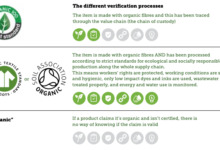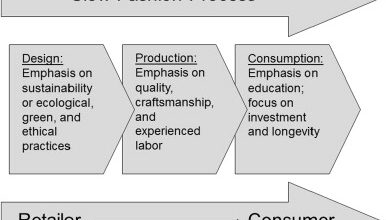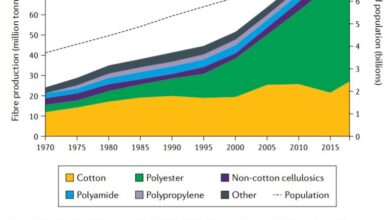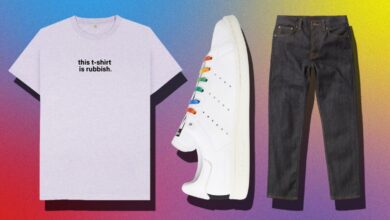The Rise Of Eco-friendly Fabrics: A Sustainable Choice For Fashion

The Rise of Eco-Friendly Fabrics is revolutionizing the fashion industry, offering a sustainable alternative to conventional materials. As consumers become more conscious of the environmental impact of their choices, eco-friendly fabrics have gained significant momentum. At Chokerclub, we recognize the importance of making responsible fashion choices. In this article, we explore the benefits of eco-friendly fabrics, popular types, and how to incorporate them into your wardrobe. Join us in embracing this positive and stylish movement for a greener future.
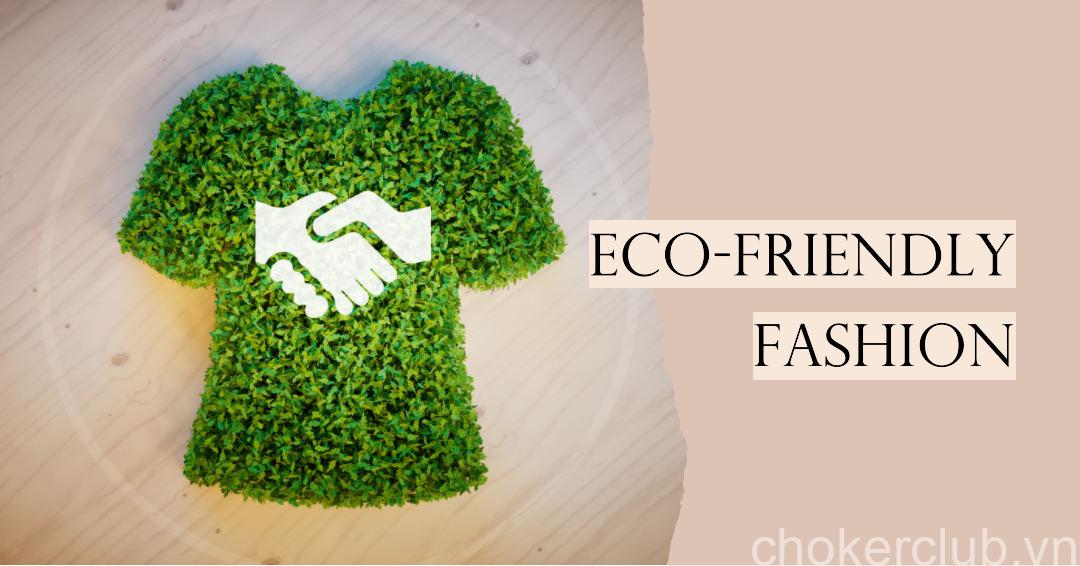
| Key Takeaways |
|---|
| Learn about the benefits of eco-friendly fabrics for the environment and your health |
| Explore popular types of eco-friendly fabrics like organic cotton, hemp, and Tencel |
| Discover how to incorporate eco-friendly fabrics in your wardrobe for sustainable fashion choices |
| Gain insights into the impact of eco-friendly fabrics on the fashion industry and its challenges |
| Stay informed about the future of eco-friendly fabrics and the innovations shaping the industry |
I. The Rise of Eco-Friendly Fabrics: A Sustainable Choice for Fashion
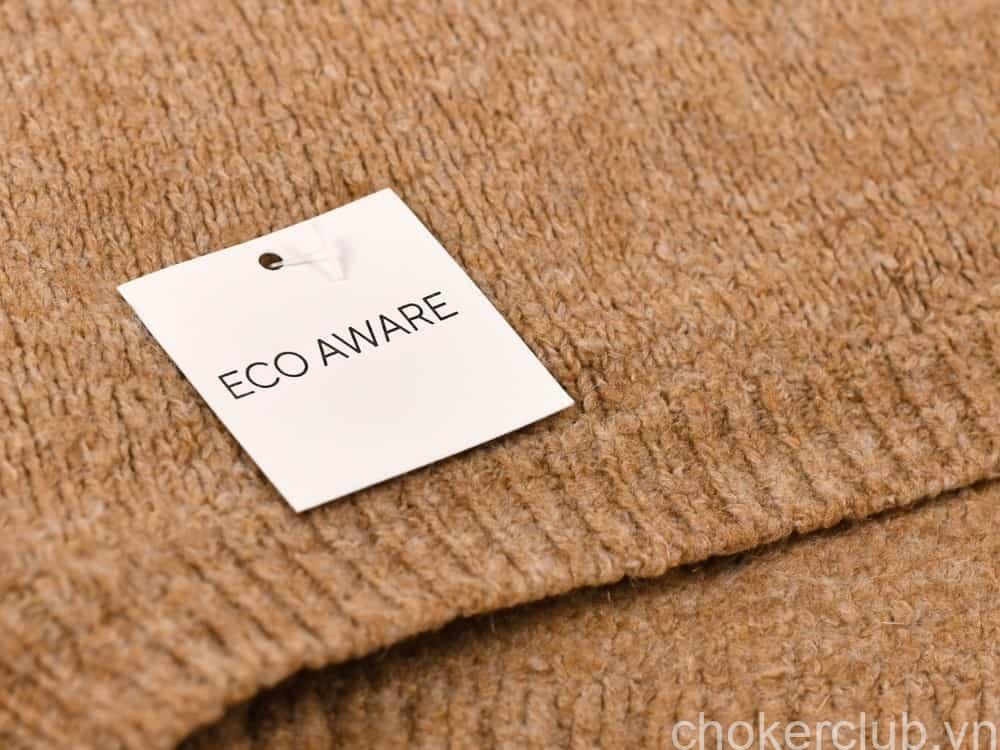
| Benefits of Eco-Friendly Fabrics: | – Lower carbon footprint | – Reduced water and energy consumption during production |
| – Safer for the environment, wearer, and workers | – Use of renewable resources |
II. Benefits of Eco-Friendly Fabrics
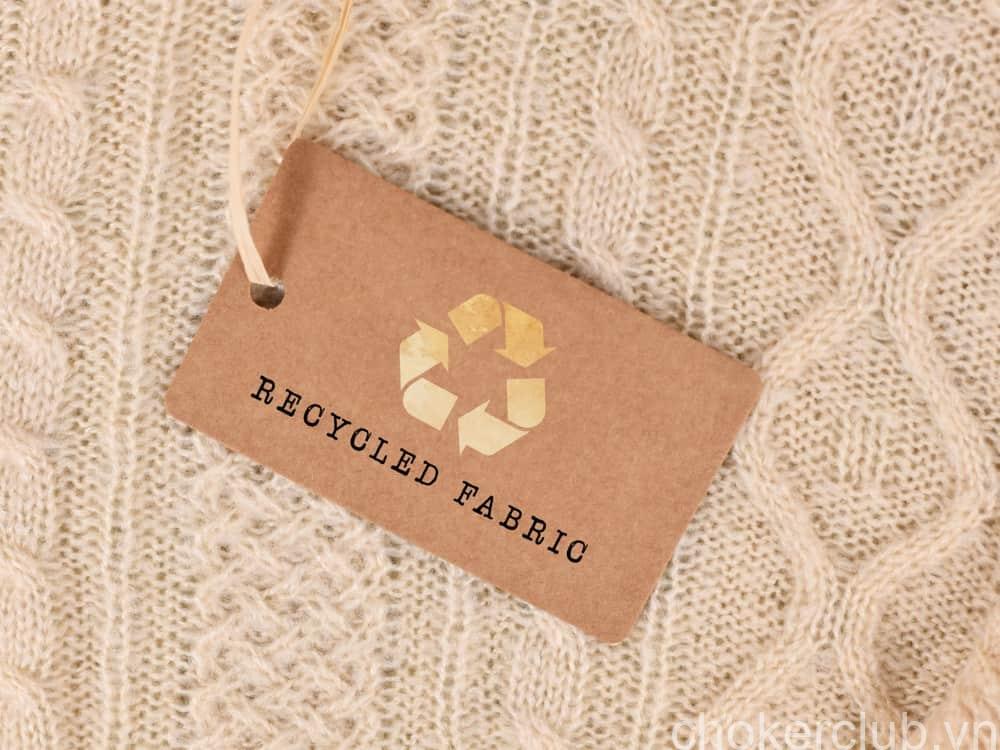
Eco-friendly fabrics offer numerous benefits, starting with their reduced environmental impact. Unlike traditional fabrics, which often require extensive use of pesticides, chemicals, and water, eco-friendly fabrics are produced using sustainable practices. For example, organic cotton is grown without synthetic pesticides and fertilizers, minimizing soil and water pollution. By choosing eco-friendly fabrics, you contribute to the preservation of ecosystems, reduce water consumption, and support sustainable farming practices.
| Key Benefits: |
|---|
| Reduced use of pesticides and chemicals |
| Minimized soil and water pollution |
| Preservation of ecosystems |
| Sustainable farming practices |
III. Popular Types of Eco-Friendly Fabrics

Hemp: Nature’s Versatile Fiber
Hemp is gaining popularity as an eco-friendly fabric due to its numerous benefits. It is known for being highly sustainable and requires less water and pesticides compared to conventional cotton. Additionally, hemp has natural anti-bacterial properties and is resistant to UV radiation.
- Hemp fabrics are breathable and provide excellent insulation.
- This versatile fabric can be used in various clothing items such as shirts, pants, dresses, and even accessories like bags.
- Because hemp fibers are stronger than cotton fibers, hemp clothing tends to be more durable and long-lasting.
- Hemp textiles are also biodegradable, making them a great option for those conscious about reducing environmental impact.
Tencel: The Soft Sustainable Alternative
Tencel, a brand name for lyocell fiber derived from wood pulp cellulose, offers a sustainable alternative with exceptional comfort. The production process of Tencel involves using solvents that can be recycled almost completely. Some advantages of Tencel fabric include:
| Sustainability Benefits of Tencel Fabric |
|---|
| Highly eco-friendly production process |
| Soft and gentle on the skin |
| Excellent moisture absorption and breathability |
| Durable and resistant to wrinkles |
| Versatile in its use across various garment types |
Oganic Cotton: A Purer Choice for Fashion
If you’re looking for a fabric that is both sustainable and chemical-free, organic cotton is an excellent option. Grown without synthetic fertilizers or pesticides, organic cotton helps promote soil health, protect farmers’ well-being, and ensures a safer environment. Here are some key points to know about organic cotton:
- Clothing made from organic cotton is hypoallergenic and suitable for people with sensitive skin.
- The cultivation of organic cotton doesn’t involve GMOs (genetically modified organisms), making it a safer choice for the environment.
- Organic cotton garments are often softer than those made from conventional cotton.
- This fabric offers excellent breathability due to its natural fiber properties.
Inspired Tip:
You can mix different eco-friendly fabrics together to create unique garments that showcase both sustainability and style. For example, combining hemp with Tencel can result in a durable yet soft fabric that offers the best qualities of both materials.
“The growing demand for eco-friendly fabrics has sparked innovations in textile production like hemp blended with innovative materials such as pineapple fibers or recycled polyester.” – Fashion Industry
IV. How to Incorporate Eco-Friendly Fabrics in Your Wardrobe
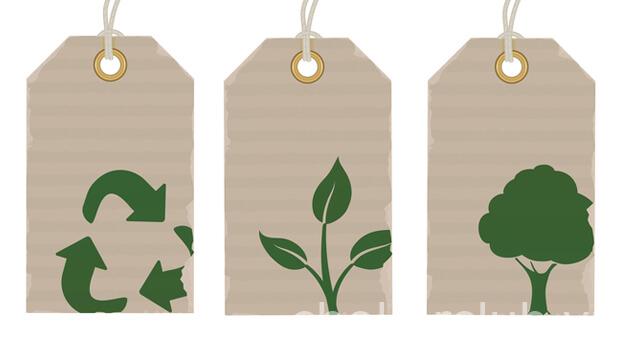
One of the easiest ways to introduce eco-friendly fabrics into your wardrobe is by opting for organic cotton T-shirts. These shirts are made from cotton grown without the use of harmful pesticides and chemicals, making them better for both your skin and the environment. Look for T-shirts from sustainable brands that prioritize fair trade practices and organic farming methods.
V. Eco-Friendly Fabrics and their Impact on the Fashion Industry
Eco-friendly fabrics play a crucial role in reducing the fashion industry’s environmental footprint. Conventional fabrics, such as polyester and nylon, are derived from non-renewable resources and contribute to pollution during their production. In contrast, sustainable fabrics like organic cotton, hemp, and Tencel are produced using environmentally friendly methods. These fabrics require fewer pesticides, fertilizers, and water, making them a more sustainable choice. By embracing eco-friendly fabrics, the fashion industry can minimize its impact on ecosystems, land degradation, and water pollution caused by chemical runoff.
| Benefits of Eco-Friendly Fabrics |
|---|
| Reduces reliance on non-renewable resources |
| Minimizes water usage and pollution |
| Decreases the release of harmful chemicals into the environment |
| Preserves biodiversity and protects ecosystems |
VI. Challenges and Future of Eco-Friendly Fabrics
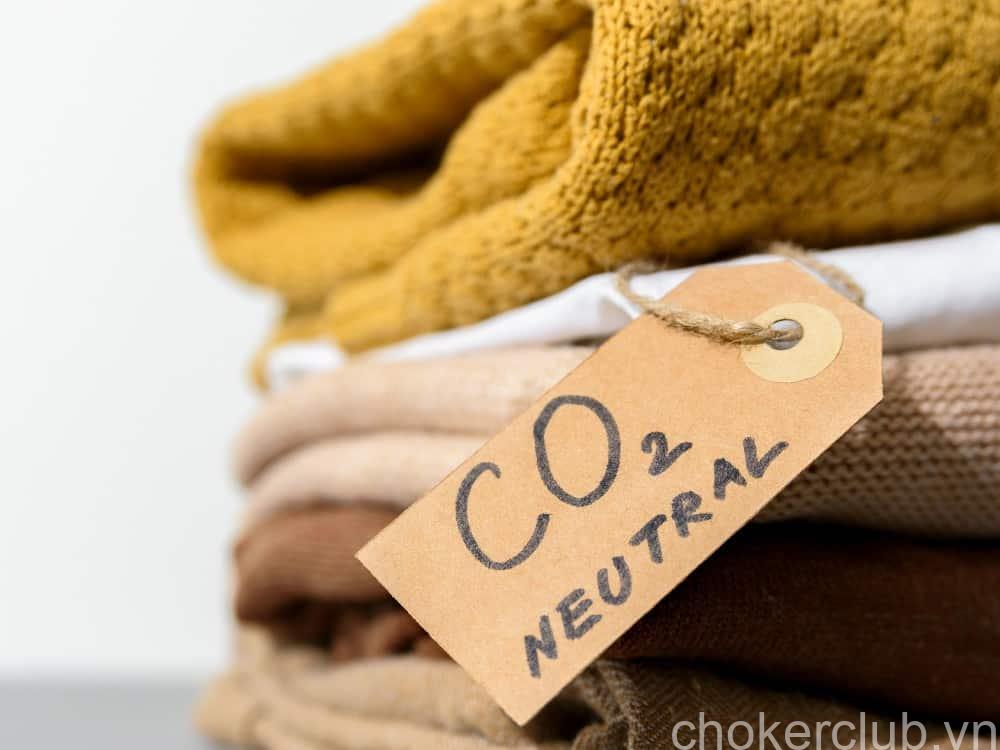
The future of eco-friendly fabrics hinges on the ability to ensure transparency and traceability throughout the supply chain. One of the major challenges faced by the fashion industry is the complex nature of global supply chains, which often involve multiple suppliers and subcontractors.
To address this challenge, brands and manufacturers are adopting technologies like blockchain and RFID (Radio Frequency Identification) to track the journey of fabrics from raw material sources to finished products. This enables better accountability, reduces the risk of unethical practices, and gives consumers confidence in the sustainability claims of the products they purchase.
VII. Conclusion
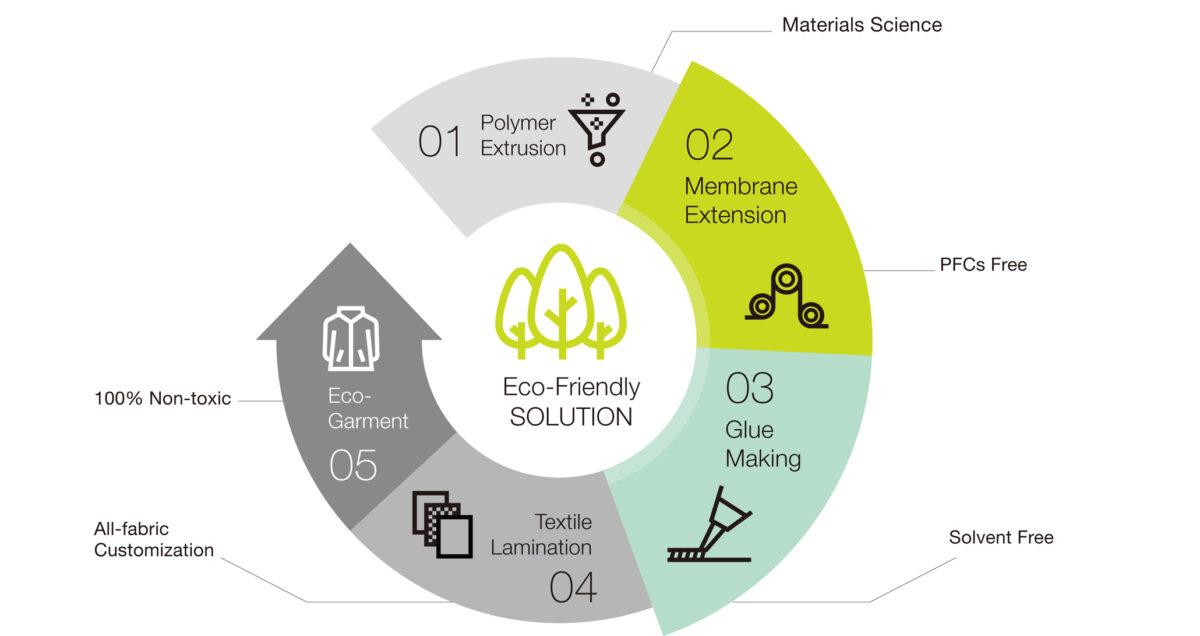
In conclusion, the rise of eco-friendly fabrics marks a significant shift in the fashion industry towards sustainability. By opting for materials that have a lower environmental impact, individuals can contribute to reducing waste and promoting ethical practices. The benefits of eco-friendly fabrics extend beyond just being environmentally friendly – they also offer health benefits and provide opportunities for creative and innovative fashion designs. However, despite the positive momentum, there are still challenges to overcome in scaling up production and ensuring widespread adoption of sustainable practices.
